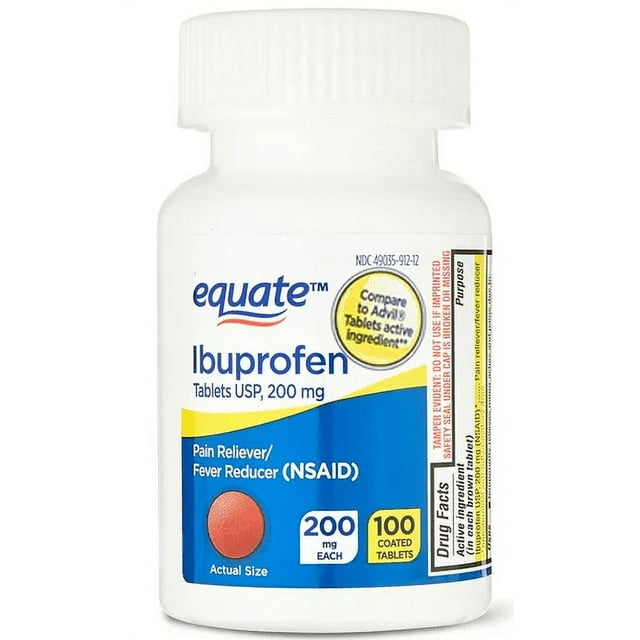Meniscus Tear
What is a meniscus tear?
A meniscus tear is a common knee injury that occurs when one or more of the cartilage pads in the knee joint, known as the menisci, are torn. The menisci are C-shaped pieces of cartilage that act as shock absorbers and help stabilize the knee joint. A tear in the meniscus can cause pain, swelling, and stiffness in the knee, and can make it difficult to fully straighten or bend the knee.
Meniscus tears can occur suddenly, often during activities that involve twisting or rotating the knee, such as sports or heavy lifting. They can also develop over time due to wear and tear on the knee joint, particularly in older adults.
Symptoms of a meniscus tear can vary depending on the severity and location of the tear, but may include:
- Pain, especially when twisting or rotating the knee
- Swelling and stiffness in the knee joint
- Difficulty straightening or bending the knee fully
- Feeling of catching or locking in the knee joint
- Weakness or instability in the knee
- Difficulty walking or bearing weight on the affected leg
Treatment for a meniscus tear depends on the size, location, and severity of the tear, as well as the individual’s age, activity level, and overall health. In some cases, a meniscus tear may heal on its own with rest, ice, compression, and elevation (RICE therapy), along with physical therapy to strengthen the muscles around the knee. In other cases, particularly if the tear is large or causing significant symptoms, surgery may be recommended to repair or remove the torn portion of the meniscus. You should consult with your specialist.
What is the treatment for a meniscus tear?
The treatment for a meniscus tear depends on several factors, including the size, location, and severity of the tear, as well as the individual’s age, activity level, and overall health. Treatment options for a meniscus tear may include:
- Rest, Ice, Compression, Elevation (RICE): For mild to moderate tears, initial treatment may involve rest, ice, compression, and elevation of the affected knee to reduce pain and swelling.
- Physical Therapy: Physical therapy exercises can help strengthen the muscles around the knee, improve flexibility, and reduce stress on the meniscus. This can help improve knee function and reduce the risk of future injuries.
- Nonsteroidal Anti-Inflammatory Drugs (NSAIDs): Over-the-counter or prescription NSAIDs, such as ibuprofen or naproxen, may be recommended to reduce pain and inflammation.
- Corticosteroid Injections: In some cases, corticosteroid injections may be used to reduce inflammation and pain in the knee joint.
- Meniscus Repair: For certain types of tears, particularly in younger individuals with tears near the outer edge of the meniscus where there is good blood supply, surgery may be recommended to repair the torn meniscus using sutures or other techniques.
- Meniscectomy: If the tear is not reparable or if the torn portion of the meniscus is causing symptoms, a partial meniscectomy may be performed to remove the damaged portion of the meniscus.
- Meniscus Transplant: In some cases, particularly in younger individuals with extensive meniscus damage, a meniscus transplant may be considered to replace the damaged meniscus with donor tissue.
The best treatment for a meniscus tear depends on the individual circumstances, and it’s important to consult with a healthcare provider to determine the most appropriate course of action. With proper treatment and rehabilitation, many people are able to recover from a meniscus tear and return to their normal activities.




